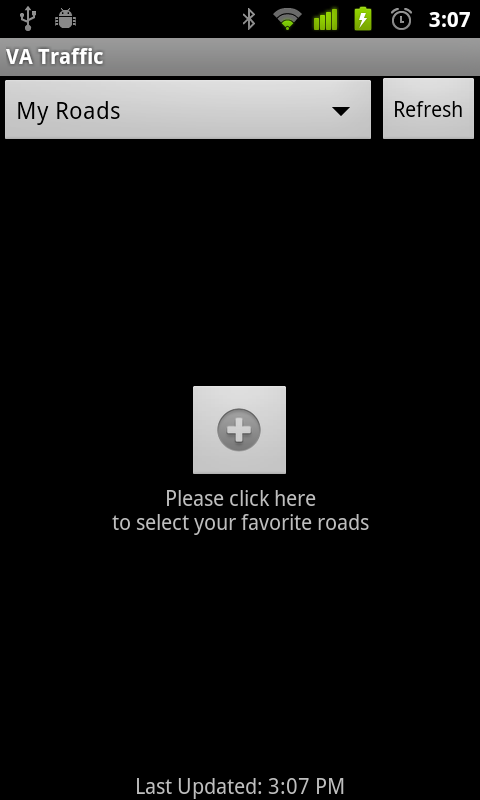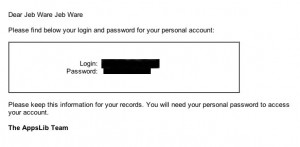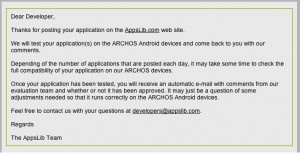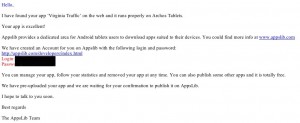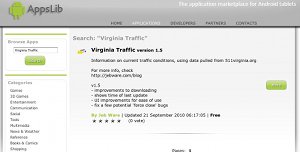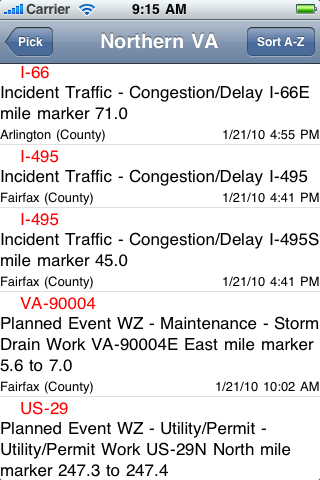Four years ago, I got my first smartphone. Being a commuter in Hampton Roads, one of the first websites I tried to visit was VDOT’s 511 traffic information site. It wasn’t mobile-optimized at the time, so it was essentially unusable on a small touch device. After weeks of hacking around, I built a server app to scrape their website for data and mobile apps to display that data. Since then, I’ve slowly upgraded the app, adding features requested by users.
Unfortunately, two years ago I moved out of Virginia, so I no longer use the apps myself. VDOT, whose data I rely on for the app, has occasionally made changes to their data feed which require significant rework on my part to keep the apps going. Note: this is entirely VDOT’s prerogative, and I in no way criticize them for doing so.
The end result of these two factors is that my apps no longer provide an acceptable experience to the user, and I don’t have the time to spend on fixing them up. So it’s with regret that I have removed my apps from sale in the App Store and the Play Store. I will continue to leave the server running for now; if you already have the app installed on your phone, it should keep working, at least as well as it currently works, for the foreseeable future.
The good news is that last year VDOT published their own apps to get Virginia Traffic information. I suggest you check out these apps as a replacement for mine. You can find more information about VDOT’s mobile apps on their website.
I want to thank all of the users who provided encouragement, positive feedback, and suggestions, and to thank VDOT for allowing me to scrape their data for so long. These apps were the first step on the journey that has led to my current role developing mobile apps full-time.
And as always, please only use your phone while you’re parked. Don’t cause an accident by checking your phone while you’re driving. There’s really no need.
